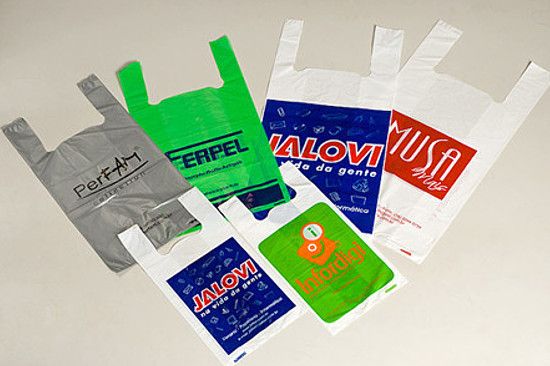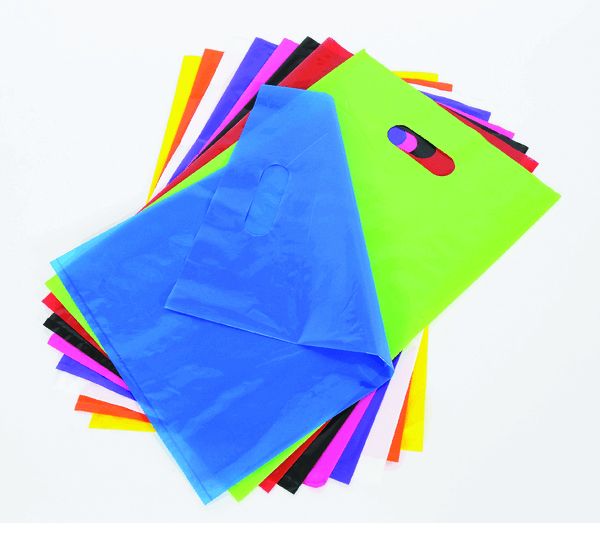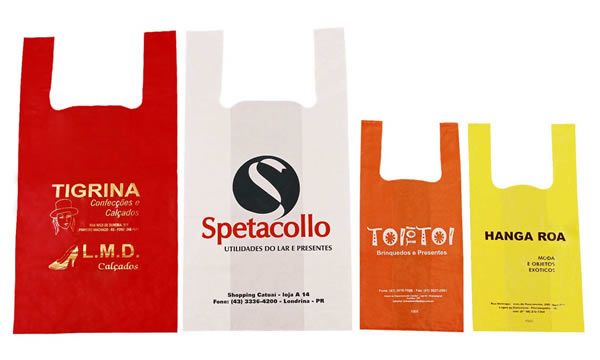Hello to the esteemed audience of Shamisa Tejarat Company. We are always proud to be with you. In the previous article, we discussed plastic and its various aspects, which you can read by clicking on it.
Before we dive into the main topic, we would like to inform you, our valued audience, that at Shamisa Tejarat, after extensive study, research, and experience, we have been able to produce various products according to your preferences and orders. We offer them to you with the highest quality and the lowest prices. Additionally, our expert support and consultations will continue after the sale for as long as you need them. After years of effort, we have gained complete satisfaction from all our customers, who now join the noble Shamisa Tejarat family.
To get in touch with our experts and specialists, simply visit our contact page using the link below or call us at 09001630302.
Now, let’s turn to the topic of the article: You’ve probably heard the terms nylon and naylax when buying or using plastic bags. Many people consider these two to be the same, but in fact, there are important differences. Understanding these differences helps polymer compound manufacturers and buyers make the best choice for producing their products.
What is Naylax?
Naylix is a type of plastic bag made from high-density polyethylene (HDPE) or a combination of it with linear low-density polyethylene (LLDPE). Due to the type of polymers used, Naylex has high strength but less flexibility compared to nylon.
Features of Naylex
- High strength: Nylex bags are not easily torn and can withstand heavy weights.
- Less transparency: It is usually opaque or semi-transparent.
- Crisp sound: It creates a crackling sound when touched.
- Less flexibility: It is drier and more brittle compared to nylon.
The applications of Naylex
- Store plastics (supermarkets, chain stores, and fruit shops)
- Garbage bags
- Industrial Packaging (Parts and Home Appliances)
What is nylon?
Nylon is a type of plastic film made from low-density polyethylene (LDPE) or linear low-density polyethylene (LLDPE). This material is softer, more flexible, and shinier than nylax and is mainly used in food and promotional packaging.
Properties of Nylon:
- High flexibility: It has more elasticity and is softer.
- Glossy and smooth surface: Usually more transparent and shinier than nylon.
- Low noise when touched: Unlike plastic bags, it does not make a rustling sound…
- Less resistance to heavy weight: If a heavy object is placed inside, it may stretch and tear.
Applications of Nylon:
- Freezer bags and food packaging
- Promotional Plastics
- Delicate industrial packaging (such as packaging for small household appliances)
The main differences between Naylex and Nylon
For a better comparison, the table below shows the differences between these two types of plastic.
| Naylix | Nylon | Features |
|---|---|---|
| Material | High-Density Polyethylene (HDPE) or Linear Low-Density Polyethylene (LLDPE) | Low-Density Polyethylene (LDPE) or Linear Low-Density Polyethylene (LLDPE). |
| transparency | (matte or semi-transparent) | More transparency (glossy and clear) |
| The sound when touched: | It has a rustling sound. | It has no distinct sound. |
| Less flexible | more brittle | Soft and flexible |
| Resistance to high weight | more | less |
| Applications | Shopping bags, garbage bags, industrial packaging | Freezer bags, promotional bags, food packaging |
Raw materials and performance-enhancing additives for Naylix and Nylon
For the production of nylon and nylax, various polymer additives are used to enhance their properties. Some of the most important additives include:
| Additive | Effect on Nylon | Effect on Naylex |
|---|---|---|
| Clarifying Masterbatch | Transparency Enhancement | Increased Brightness |
| UV stabilizer additive | Prevents degradation against sunlight | Enhances color durability |
| Anti-static | Reduces dust attraction | Prevents adhesion |
| Anti-static | Reduces dust attraction | Prevents adhesion |
| Reinforcing Additives | Increase Load and Tensile Strength | Prevent Rapid Tearing |
The production process of nylon and polyethylene bags:
Both products are typically produced using the blown film extrusion method.
1️⃣ . Primary polymers are melted and extruded through a circular mold.
2️⃣ . Compressed air forms a thin plastic film.
3️⃣ . Cooling and rolling of the produced films are carried out.
4️⃣ . Cutting and packaging are done according to the desired dimensions.
4o mini
The difference in production settings.
- The melting point of polyethylene (Naylix) is higher than that of nylon.
- Nylon requires processing at lower temperatures.
The Environmental Impact of Polyethylene (Nylen) and Polypropylene (Naylon)
With the increasing use of plastic bags, environmental challenges have also risen. Some key points:
- Polyethylene bags (Naylex) decompose more slowly in nature compared to nylon.
- Both materials are recyclable, but their recycling methods are different.
- Biodegradable additives can reduce the degradation time of these products.
- Using recycled materials in the production of these products is a more sustainable solution.
New Applications of Nylon and Polyethylene (Naylon and Naylix) in Various Industries
These two types of plastics are used in various industries.
,,,,
| Industry | Application of Nylex | Application of Nylon |
|---|---|---|
| Food packaging | meat and dairy packaging bags | Food protective films |
| Automotive industry: | Plastic coatings for car parts, | interior layers for insulation. |
| Agriculture | greenhouse-resistant plastics | mulch nylon for ground covering. |
| Medicine and Pharmacy | Packaging of Medical Equipment | Sensitive Material Transport Bags |
The conclusion
In this article, we have discussed the differences between polyethylene (Naylon) and nylon (Naylax). Polyethylene is more durable and opaque, commonly used for shopping bags and trash bags, while nylon is softer, shinier, and more flexible, making it suitable for food packaging and advertising purposes.





